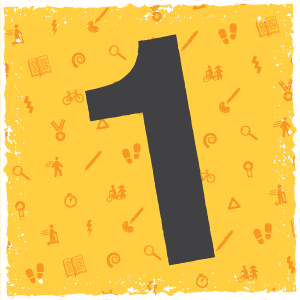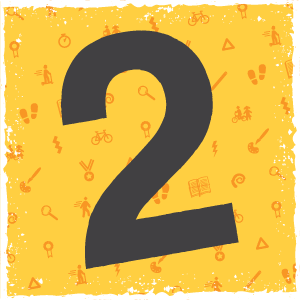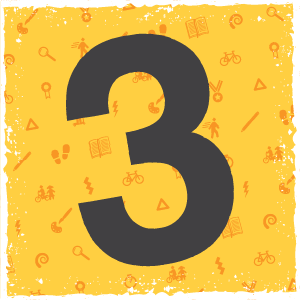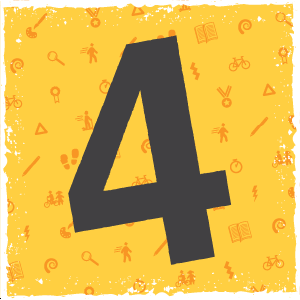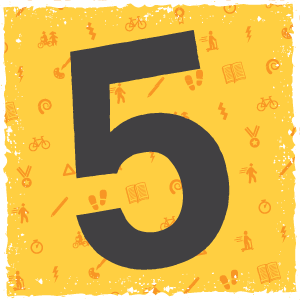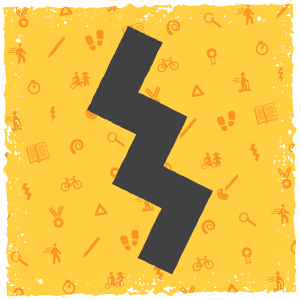-
About us
Who we are
-
National Cycle Network
Information
- Get active
-
For professionals
For professionals
Work in partnership with us to tackle the challenges of congestion, air pollution, physical inactivity, and social inequality, by making it easier for people to walk and cycle.
For professionalsPolicy area
Sector Experience
-
Get involved
Get involved
Your support helps to give children access to the training and equipment they need to ride a bike safely - starting a cycle of good that can go on to benefit their health, education and future.
Get involvedGive money
Give your time
- Shop
- Donate


